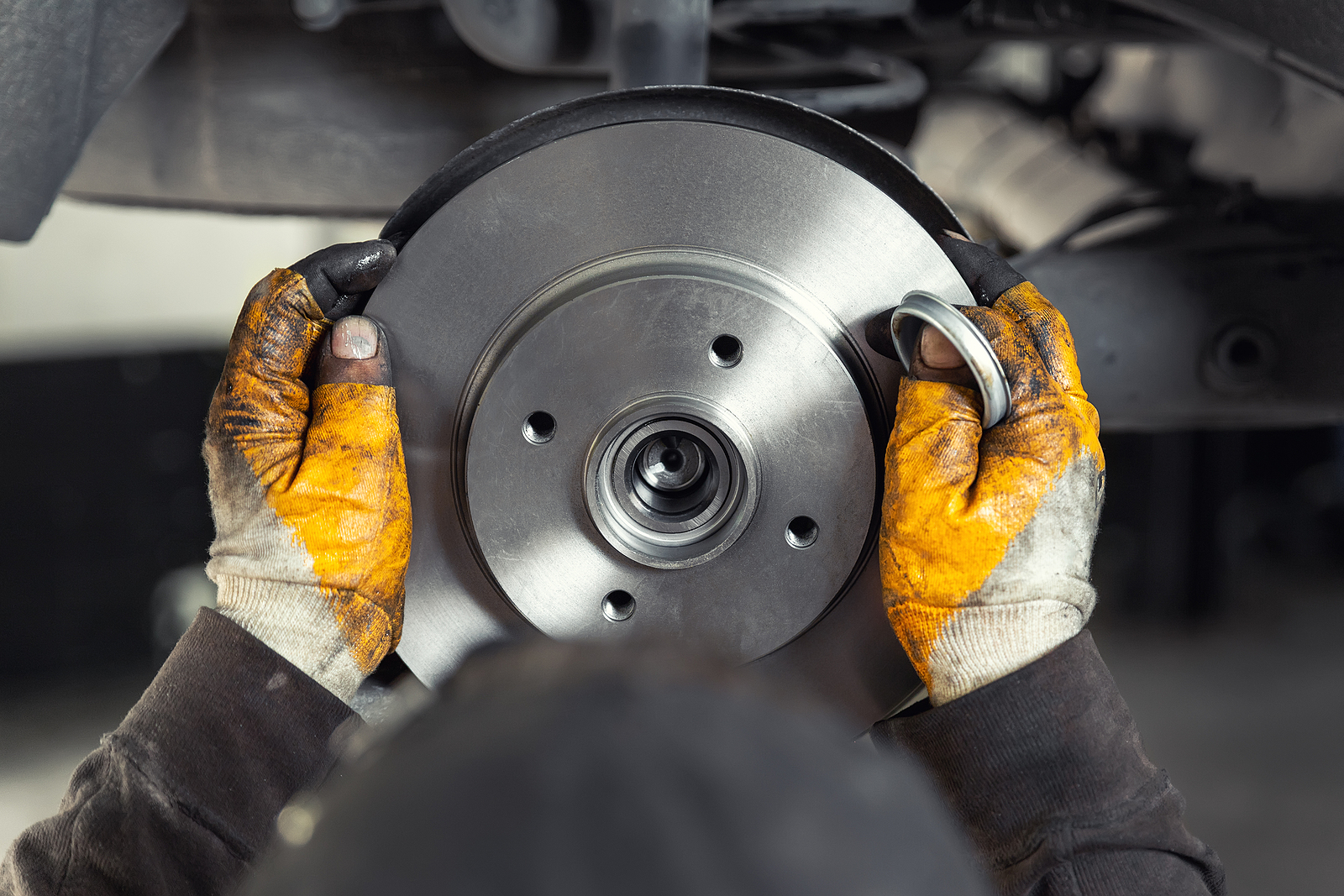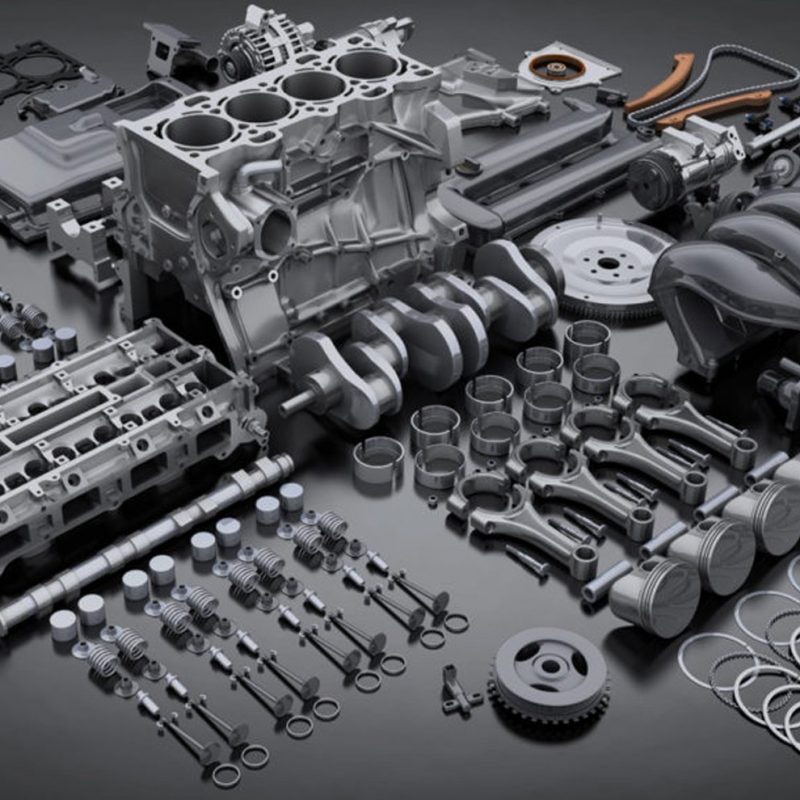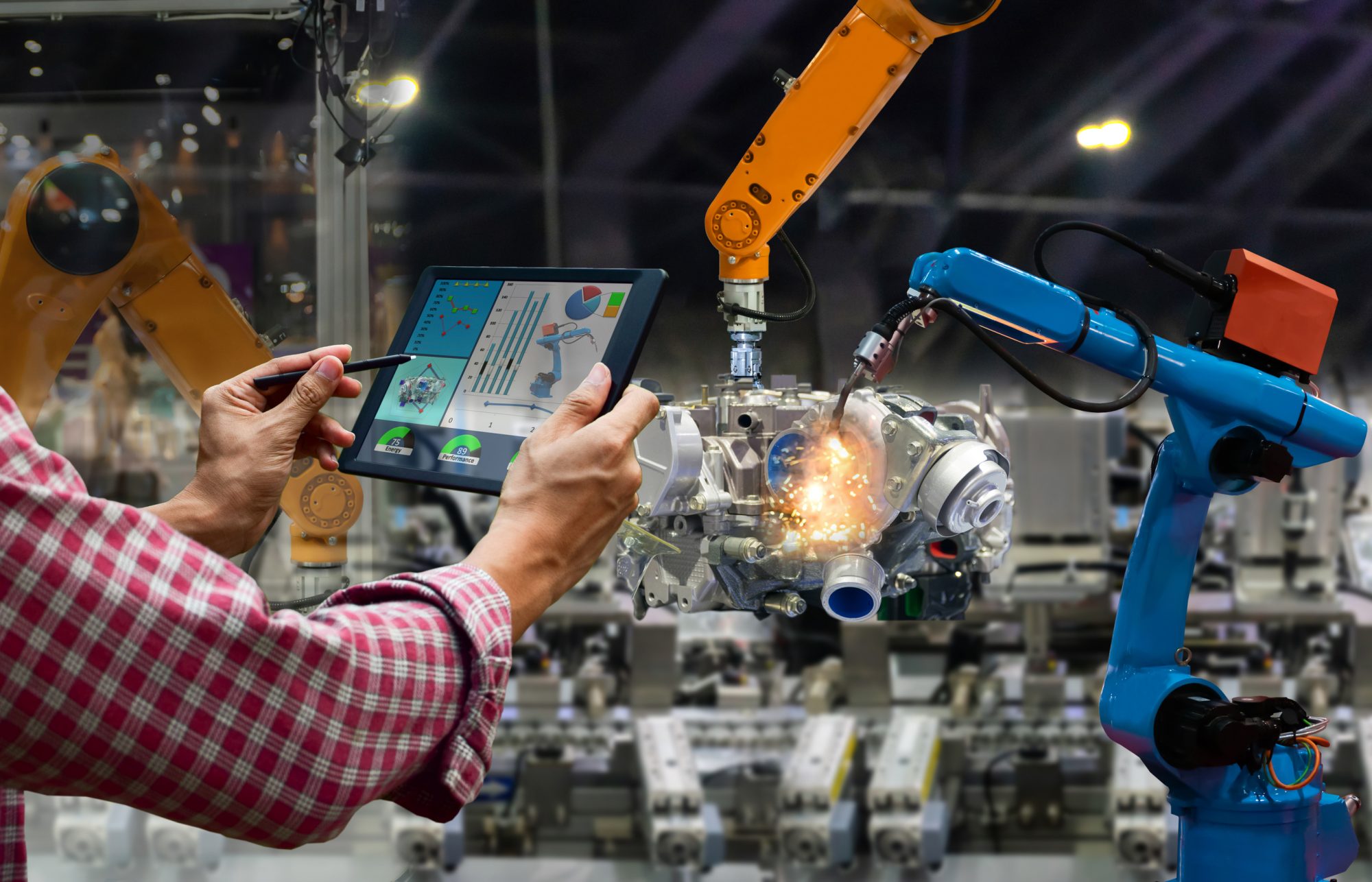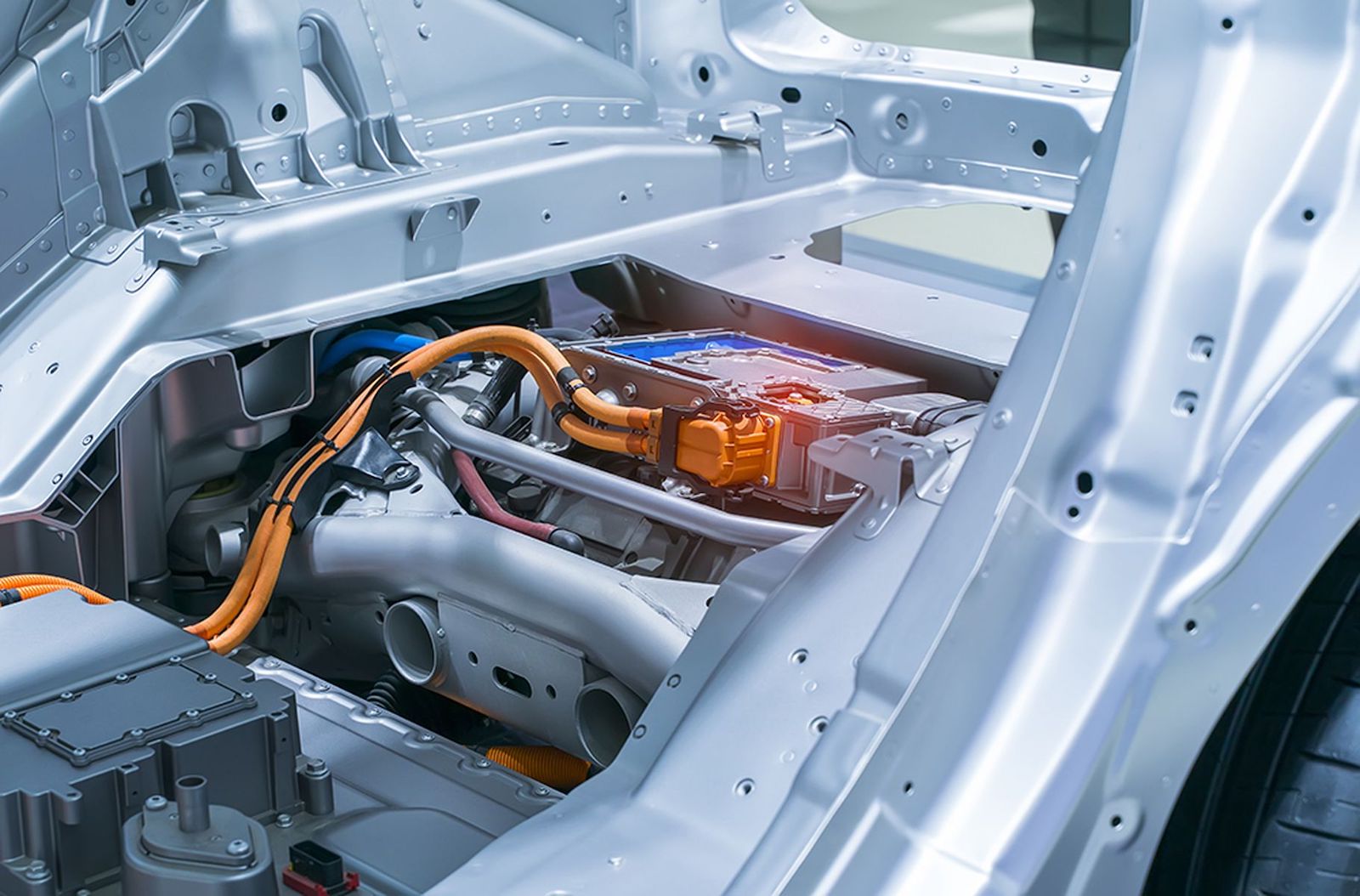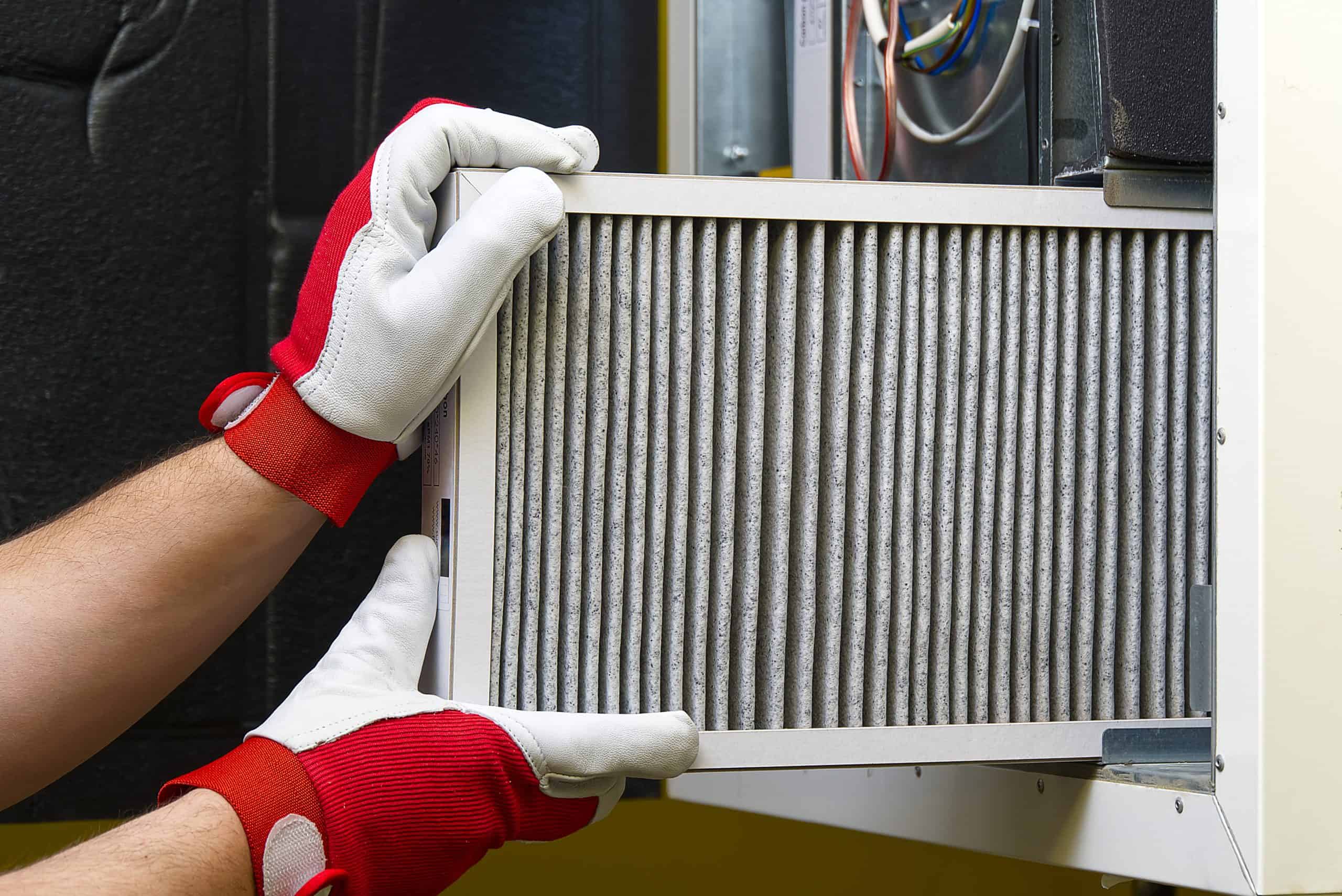The Future of Spare Parts: Predictions and Trends for the Industry
The Future of Spare Parts: Predictions and Trends for the Industry
I. Introduction
A. Explanation of the importance of spare parts in the manufacturing industry
Spare parts play a crucial role in the manufacturing industry as they help ensure that production processes run smoothly and efficiently. Without spare parts, equipment downtime would be much more frequent, resulting in costly delays and lost productivity. In addition, the availability of spare parts is critical for maintaining and repairing equipment, which helps to extend its lifespan and minimize the need for costly replacements.
B. Brief overview of the current state of the spare parts industry
The spare parts industry is a significant and growing market. According to recent estimates, the global spare parts market is expected to reach $1.5 trillion by 2027, growing at a CAGR of 4.5% during the forecast period. The increasing demand for spare parts is driven by factors such as population growth, urbanization, and increasing industrialization. Additionally, the growth of e-commerce and advancements in technology have made it easier for manufacturers and customers to access spare parts, further driving the market’s growth.
II. Predictions for the future of spare parts
A. Increase in demand for spare parts due to growth in manufacturing and industrial sectors
As the global economy continues to grow, so too will the demand for spare parts. The manufacturing and industrial sectors are expected to see significant expansion in the coming years, particularly in developing countries, which will drive the need for spare parts to keep equipment running smoothly. Additionally, the increasing adoption of Industry 4.0 technologies such as IoT and automation is also expected to drive demand for spare parts as these technologies require more frequent maintenance and replacement of parts.
B. Advancements in technology leading to increased automation and precision in spare parts production
Advances in technology such as 3D printing and robotics are expected to revolutionize the way spare parts are produced. Automation will lead to increased precision and efficiency in the production process, resulting in higher-quality spare parts that are more reliable and longer-lasting. Additionally, the use of digital twinning and simulation technology in the design and development of spare parts will help to optimize performance and reduce the risk of failures.
C. Rise of digitalization and e-commerce in the spare parts industry
The rise of e-commerce and digitalization will play a crucial role in the future of the spare parts industry. Online platforms are expected to make it easier for manufacturers and customers to access spare parts, regardless of location. Additionally, digitalization will also enable real-time monitoring of equipment and inventory management, which will help to optimize the supply chain and reduce the risk of stockouts.
D. Growing focus on sustainability and environmentally-friendly spare parts
In the future, the spare parts industry is expected to place a greater emphasis on sustainability and environmentally-friendly products. Manufacturers will focus on developing spare parts that are made from sustainable materials and have a smaller environmental footprint. Additionally, greater efforts will be made to recycle and repurpose spare parts, which will help to reduce waste and conserve resources.
III. Trends in the spare parts industry
A. Increase in the use of 3D printing for spare parts production
3D printing, also known as additive manufacturing, is a rapidly growing trend in the spare parts industry. The ability to quickly and easily produce spare parts on-demand using 3D printing can help manufacturers to reduce costs, improve efficiency and respond more quickly to customer needs. Additionally, 3D printing can also be used to produce spare parts for equipment that is no longer in production, which can help to extend the lifespan of older equipment and avoid costly replacements.
B. Growth in the use of smart sensors for predictive maintenance and inventory management
Smart sensors are becoming increasingly popular in the spare parts industry as they can help to optimize maintenance and inventory management. These sensors can be attached to equipment and used to monitor performance in real-time, providing valuable data that can be used to predict when maintenance is needed and schedule it accordingly. Additionally, smart sensors can also be used to track inventory levels and automatically reorder spare parts when stock is low, which helps to ensure that equipment is never left without the necessary spare parts.
C. Emergence of new materials and technologies in spare parts production
New materials and technologies such as carbon fiber, graphene, and nanotechnology are expected to play a bigger role in the spare parts industry in the coming years. These materials can be used to produce spare parts that are stronger, lighter, and more durable than traditional materials. Additionally, the use of these new materials and technologies will also help manufacturers to reduce costs and improve efficiency in the production process.
D. Shift towards modular and customizable spare parts to meet specific customer needs
In the future, the spare parts industry is expected to shift towards more modular and customizable products. This will allow manufacturers to produce spare parts that are specifically tailored to the needs of individual customers. Additionally, modular and customizable spare parts will also make it easier to replace or upgrade individual components, which can help to extend the lifespan of equipment and avoid costly replacements.
IV. Conclusion
A. Summary of the main points discussed in the article
In this article, we discussed the future of the spare parts industry and the predictions and trends that are shaping it. We covered how an increase in demand for spare parts due to growth in the manufacturing and industrial sectors, advancements in technology leading to increased automation and precision in spare parts production, the rise of digitalization and e-commerce in the spare parts industry, and a growing focus on sustainability and environmentally-friendly spare parts are expected to drive the industry forward. Additionally, we also discussed the trends such as the increase in the use of 3D printing for spare parts production, growth in the use of smart sensors for predictive maintenance and inventory management, emergence of new materials and technologies in spare parts production and shift towards modular and customizable spare parts to meet specific customer needs.
B. Final thoughts on the future of the spare parts industry and its potential impact on the manufacturing sector.
In conclusion, the spare parts industry is expected to experience significant growth in the coming years, driven by a variety of factors including increased demand for spare parts, advancements in technology, and a growing focus on sustainability. These developments are expected to have a positive impact on the manufacturing sector, helping to improve efficiency, reduce downtime, and extend the lifespan of equipment. However, it’s important to note that as the industry evolves and adapts to new technologies and trends, companies that don’t keep up may struggle to compete. It’s essential for manufacturers and suppliers to stay informed and adapt to the changes in order to remain competitive in the market.


